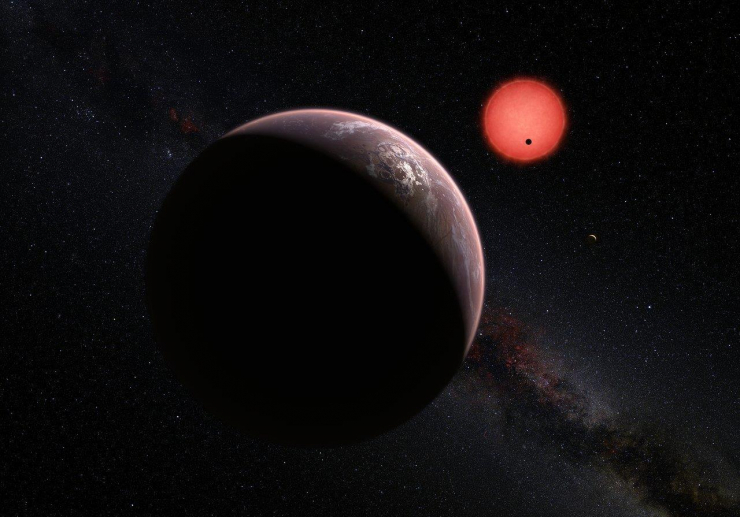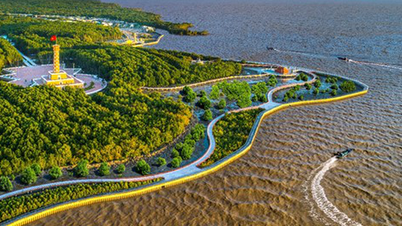NASA scientists used the James Webb Space Telescope to re-examine TRAPPIST-1b, one of the previously discovered Earth-like planets with less-sharp instruments.
Unlike the Spitzer Infrared Space Telescope, the James Webb Space Telescope (mainly operated by NASA, in collaboration with the ESA and CSA, the European and Canadian space agencies) was actually able to pick up light from the potential planet, according to NASA. The spectral data confirmed its Earth-like size, but with a disappointing twist.
Images from the James Webb Mid-Infrared Imager (MIRI), a super-sensitive thermal imaging instrument, show that the planet must be scorching hot – around 232 degrees Celsius, making the hope of life on it all but disappear.
What's more, scientists have found that it could be a bare rock that has lost its atmosphere.
Previously, TRAPPIST-1b and 6 other planets were part of the TRAPPIST-1 system, 378 trillion light years away. TRAPPIST-1 is the name of a red dwarf star, much smaller than the Sun, identified as an M-type dwarf, the most common type of star in the Milky Way.
All seven planets in the system are thought to have liquid water, although some have so much that they would form uninhabitable ocean planets.
There are mixed opinions, with some suggesting that life is more likely to exist on worlds closer to their parent stars, like TRAPPIST-1b. They are also roughly the size of Earth.
However, some studies suggest that life is more likely to exist on worlds farther from the sun, where it is cooler and the climate may be temperate. But either way, at least in this generation, you can't get there - it's too far away, beyond the reach of any current spacecraft.
nld.com.vn


























































![[Maritime News] Treasury Department Targets Diverse Networks Facilitating Iran's Oil Trade](https://vphoto.vietnam.vn/thumb/402x226/vietnam/resource/IMAGE/2025/7/14/43150a0498234eeb8b127905d27f00b6)










































Comment (0)